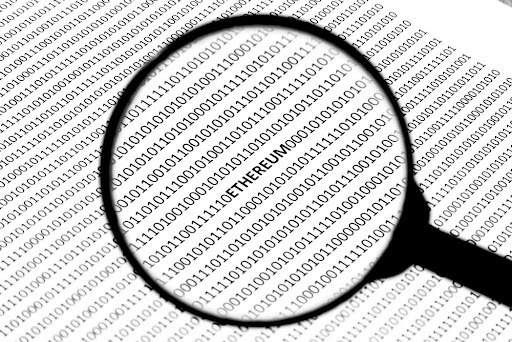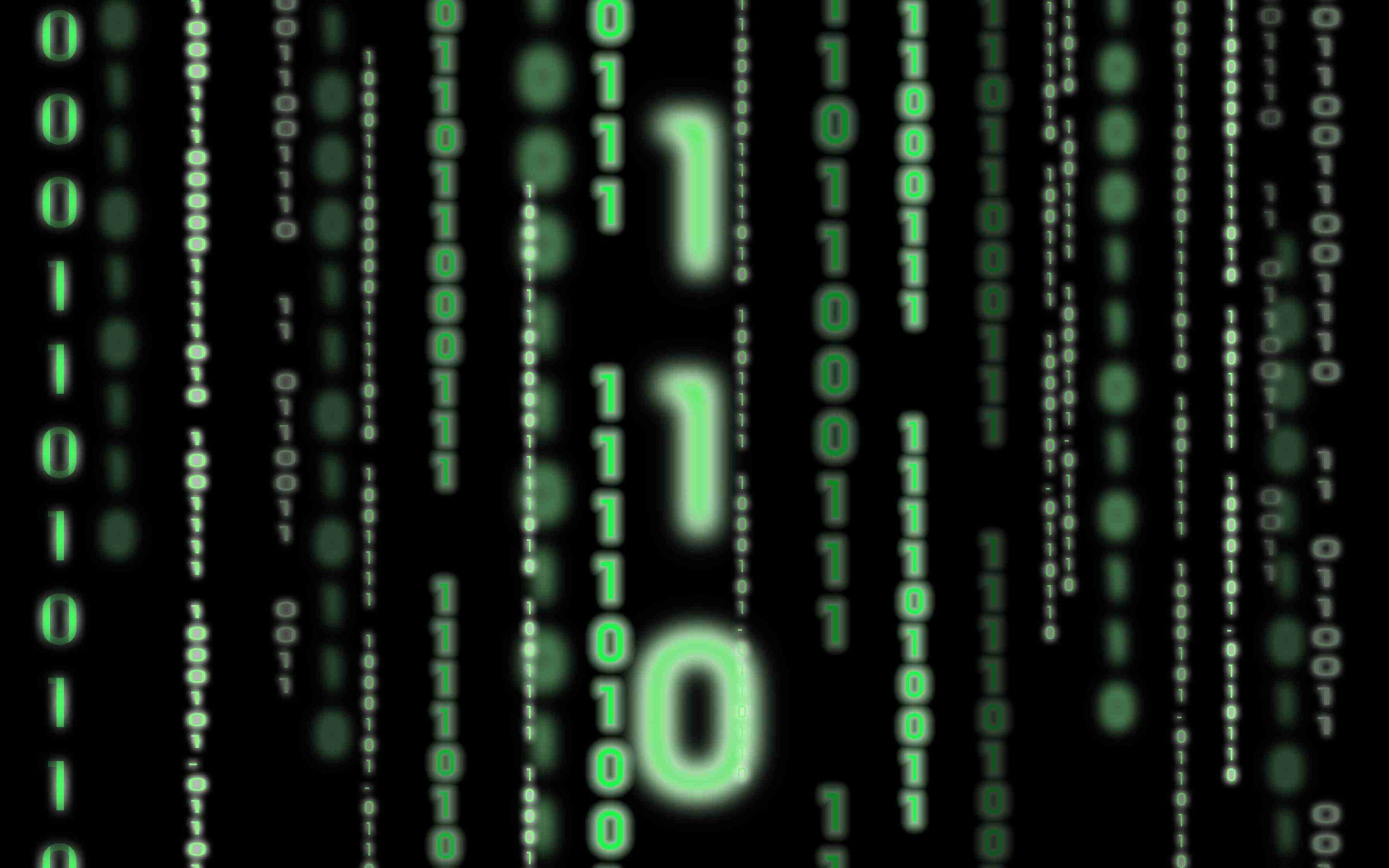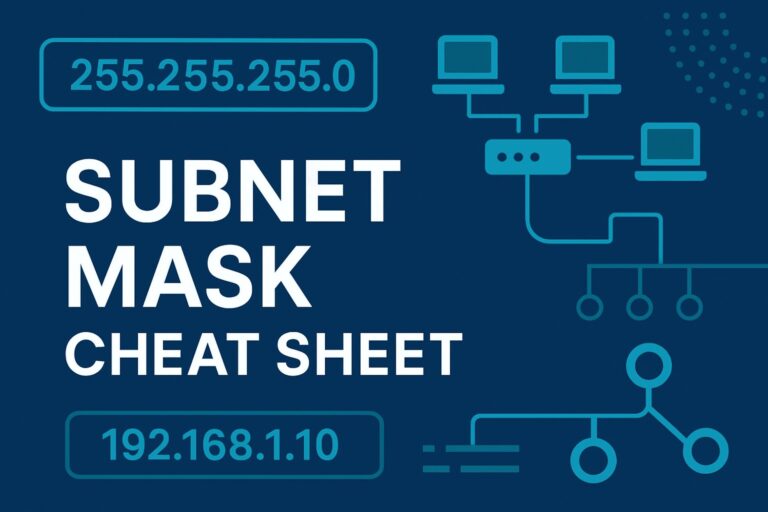Let’s be honest: unless you’re a computer geek, a math wizard, or just really into digital logic (you rebel, you), your knowledge of number systems probably stops at “counting on your fingers.” But buckle up, because we’re diving into the juicy, brainy world of 0s and 1s vs. 0 to 9, answering the age-old digital dilemma: what are the similarities and differences between the binary and decimal systems?
Spoiler alert: these two systems are like distant cousins—one’s sleek and robotic, the other’s human and kind of chaotic. And understanding them isn’t just for tech pros—it’s critical for students, coders, and curious cats across the USA.
Get ready for a crash course that’s as fun as it is informative.
First, What Even Are Binary and Decimal?
Before we play matchmaker and spot the differences, let’s lay some groundwork.
Decimal System (Base-10)
This is the number system we humans use every single day. It’s called base-10 because it uses 10 digits:
0, 1, 2, 3, 4, 5, 6, 7, 8, and 9
After 9, we reset and add a digit (10, 11, 12…). It’s intuitive, mostly because we have 10 fingers—thanks, evolution!
Binary System (Base-2)
This is the language of machines. Computers don’t care about your elegant 0 to 9 system. They speak in binary, which only uses two digits:
0 and 1
These digits represent the off (0) and on (1) states of electrical signals. Every website, song, photo, or cat meme you’ve ever seen online? It all boils down to 1s and 0s.

What Are the Similarities Between the Binary and Decimal Systems?
Let’s start on a peaceful note—what do these two quirky systems have in common?
1. Both Are Positional Number Systems
Each digit’s place matters. In both systems, digits increase in value based on position (units, tens, hundreds in decimal; 1s, 2s, 4s, 8s in binary).
Example:
- Decimal 321 = 3×100 + 2×10 + 1×1
- Binary 101 = 1×4 + 0×2 + 1×1 = 5
2. Both Use a Base to Determine Value
Binary is base-2, decimal is base-10. In both cases, the base defines how you calculate the value of each digit.
3. Both Can Represent the Same Values
Every number you write in decimal can be written in binary (and vice versa). They’re just different costumes for the same math party.
4. Both Are Used in Computing and Mathematics
Decimal dominates in human-facing interfaces (think calculators, receipts, bank statements), while binary is the heart of computer operations. But they work together in harmony—like Beyoncé and backup dancers.
5. Both Follow Consistent Conversion Rules
There are systematic ways to convert from binary to decimal and back. So, even if they look different, they play by the rules.
What Are the Differences Between the Binary and Decimal Systems?
Now here’s where it gets spicy. Let’s look at how these number systems clash:
1. Number of Digits
- Decimal: Uses 10 symbols (0–9)
- Binary: Uses only 2 symbols (0 and 1)
Binary’s minimalist, black-tie approach vs. decimal’s colorful, 10-piece wardrobe.
2. Complexity in Length
Binary numbers get long fast.
Example: Decimal 10 = Binary 1010
Decimal 255 = Binary 11111111
So yeah, binary tends to be a little dramatic when expressing big numbers.
3. Purpose and Usage
- Decimal: Built for human consumption. It’s used in shopping, math class, mileage counters, and your bank balance.
- Binary: Designed for machines. It’s the foundation of computer processing, circuits, and logic gates.

4. Calculation Methods
Computations in binary are simpler for hardware (no need for complex multipliers), while decimal math is easier for humans to do on paper or in their heads.
5. Error Rates
Binary is less prone to errors in digital systems. That’s why your computer isn’t crashing every time you type a number. Decimal, in contrast, can be trickier to handle in programming due to floating-point errors.
Quick Conversion Hack: Decimal ↔ Binary
Let’s keep it practical with a quick cheat sheet:
Decimal to Binary
Keep dividing by 2, write down remainders, then reverse them.
- 13 ÷ 2 = 6 remainder 1
- 6 ÷ 2 = 3 remainder 0
- 3 ÷ 2 = 1 remainder 1
- 1 ÷ 2 = 0 remainder 1
Decimal 13 = Binary 1101
Binary to Decimal
Multiply each digit by 2ⁿ (starting from right to left), then add.
- 1×2³ + 1×2² + 0×2¹ + 1×2⁰ = 8 + 4 + 0 + 1 = 13
Mind blown? You’re not alone.
Real-Life Use Cases: Binary vs. Decimal in Action
| Use Case | Binary System | Decimal System |
| Computers | CPU operations, logic gates, storage | Display interfaces (calculators, screens) |
| Programming | Bitwise operations | User inputs, calculations |
| Electronics | Circuit design | Sensor readings |
| Education | Computer science & IT fundamentals | General mathematics |
| Cybersecurity | Encryption, digital keys | Authentication, logging |

Different But Digitally United – Binary & Decimal Forever!
So, what are the similarities and differences between the binary and decimal systems? A whole lot, honestly.
They’re like peanut butter and jelly—totally different, but perfect together. Binary runs the machines. Decimal helps us understand the output. One is the unsung hero of every digital device; the other is our lifelong numerical companion. Understanding both gives you a huge edge—whether you’re a coder, student, tech entrepreneur, or just a trivia buff who wants to flex. So next time you spot a bunch of 1s and 0s on your screen, don’t panic. You’re just looking at the most powerful language on Earth.










